Nature reports
Publisher: Netherlands Institute of Ecology (NIOO-KNAW)
Page 4 of 5 - 49 Results
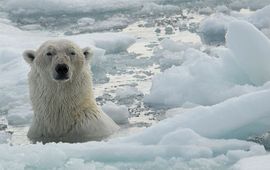
Climate change discussions on social media are very influential. A new study in BioScience shows that when it comes to iconic topics such as polar bears and retreating sea ice, climate blogs fall into two distinct camps. With..
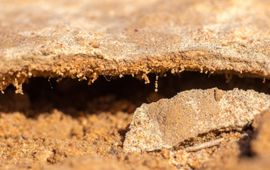
Ever wonder what makes soil, soil? And could soil from the Amazon rainforest really be the same as soil from your garden? Researchers from the University of Manchester and the Netherlands Institute of Ecology (NIOO-KNAW) are using..
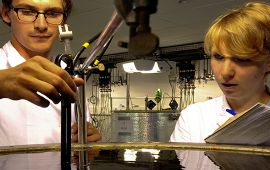
Due to climate change, including rising temperatures, more and more methane is bubbling up from lakes, ponds, rivers and wetlands throughout the world. The release of methane – a potent greenhouse gas – leads to a further increase..
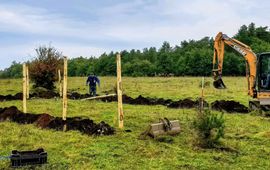
A nature area close to De Hoge Veluwe National Park has become the first Dutch site to be added to NutNet: a global research cooperative that studies the impact of human activity on grassland ecosystems...
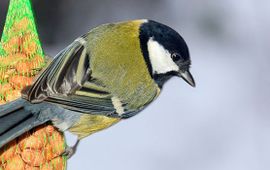
A British enthusiasm for feeding birds may have caused UK great tits to have evolved longer beaks than their European counterparts, according to new research. The findings, published in Science, identify for the first time the..
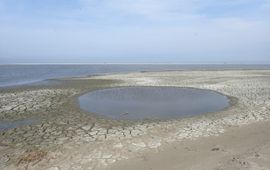
If the weather's clear, you can see them from the air: the Marker Wadden. They're brand new islands in the Markermeer, a lake in the central Netherlands that was once part of the saltwater Zuiderzee. As more and more land emerges..
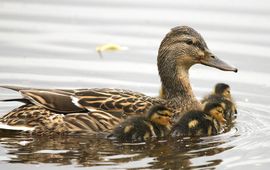
In late March, the Netherlands Institute of Ecology launched an appeal to submit any sightings of mother ducks with ducklings to researcher Erik 'Dr. Duck' Kleyheeg. The aim of his citizen science project is to find out why..
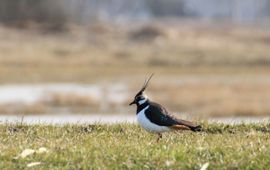
Northern lapwings are easy to spot during the breeding season, with their noisy aerial acrobatics. But as research led by the Netherlands Institute of Ecology (NIOO-KNAW) shows, lapwings that breed virtually next to each other in..
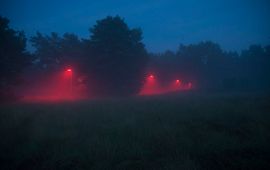
Artificial light at night can have a disruptive effect on bats, but not if the light is red. Switching to red light may therefore limit or prevent habitat loss for rare, light-shy bat species. The latest issue of Proceedings of..
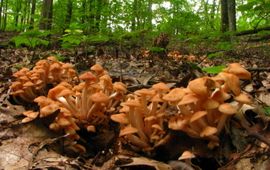
A new article published in the journal Nature Ecology and Evolution suggests that the best way to prevent loss of biodiversity is by maintaining a species-rich environment. Sounds obvious? Not according to one of the authors of..
